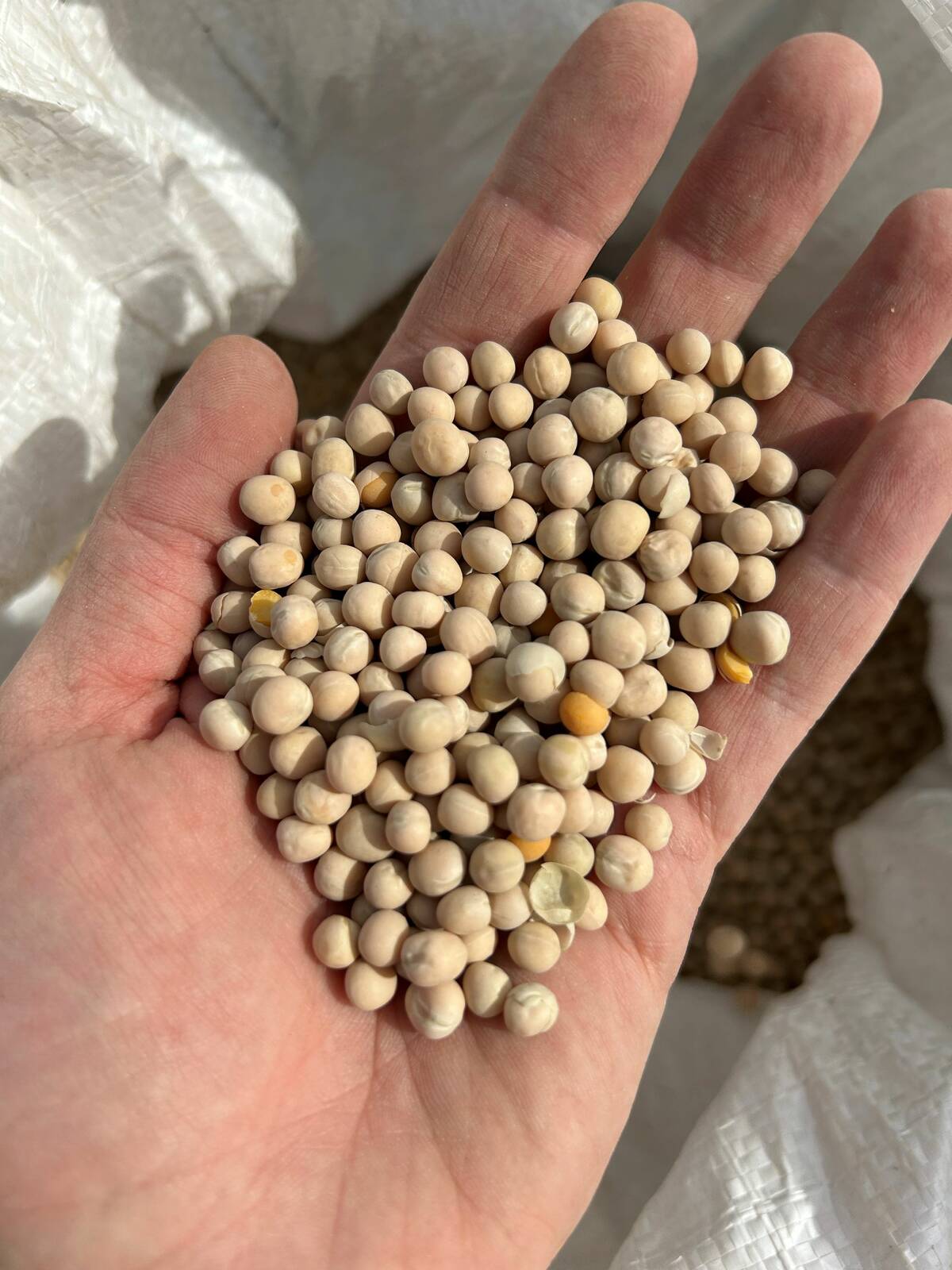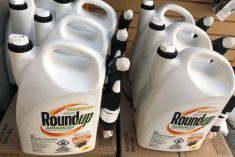A second case of waterhemp — a noxious weed which, in many places in Ontario and the U.S., is resistant to glyphosate, Group 2 herbicides or both — has been found in Manitoba.
Waterhemp (amaranthus tuberculatus), which resembles redroot pigweed and is in the same family, was first found in a soybean field southeast of Winnipeg, in the RM of Tache, last fall.
The latest discovery is in the RM of Rhineland, Manitoba Agriculture weed specialist Jeannette Gaultier said in an interview Sept. 20. Rhineland is just east of Winkler and shares a boundary with North Dakota.
Read Also

Pulse Weekly: Tariffs guide yellow peas in 2025
Tariffs were a major influence on Canadian yellow pea prices in 2025, with levies imposed by China and India. The two countries are Canada’s biggest foreign pulse buyers.
While it’s unclear how the waterhemp seeds got there, goose feces is one theory. “You just have a few plants in one spot,” she said.
North Dakota State University has been investigating whether waterhemp is spread by geese that eat the seeds.
Although disappointing, the discovery isn’t unexpected given waterhemp has been spreading north through North Dakota and Minnesota, Gaultier said.
Plants from both Manitoba municipalities are being tested for herbicide resistance.
“I would say we should be treating all waterhemp as if it’s Group 2 and glyphosate-resistant,” Gaultier said. “The fact that they were both found in Roundup Ready soybean fields at the end of the season makes them fairly suspect I would say.”
Early in the season waterhemp can be easily mistaken for redroot pigweed, she said. However, waterhemp has a distinctive seed head. The plant is often tall and will grow higher than the soybean crop, which is what probably drew the farmers’ attention to them, Gaultier said.
“I don’t even know if people will start noticing it until later (in the growing season),” she said.
“It often comes up a little bit latter, so that also makes it a little harder to deal with.”
And like redroot pigweed, waterhemp can produce a lot of seed.
“If it doesn’t have a lot of competition, and under ideal conditions, it can produce upward of a million seeds,” Gaultier said.
If farmers encounter suspicious weeds they should contact their local Manitoba Agriculture office, she added.
Both redroot pigweed and waterhemp thrive in agricultural fields where they compete with crops for nutrients, moisture and light, according to Manitoba Agriculture’s website.
Waterhemp has no hairs on its stem or leaves, which can be used to distinguish it from redroot pigweed when plants are small, she wrote. The lack of hairs give waterhemp leaves a ‘glossy’ look unlike that of the ‘dull’ green leaves of redroot pigweed.
Also, waterhemp leaves are lanceolate in shape — that is, longer than they are wide — compared to the more ovate leaves of redroot pigweed.
Colour is not a reliable identifying characteristic. Both species can be green, red or variations of the two colours.
Mature waterhemp plants tend to be more branched than redroot pigweed. And unlike redroot pigweed, which has male and female flowers on the same plant, waterhemp has separate male and female plants, the site says.
Waterhemp inflorescence (the complete flower head, including stems, stalks, bracts and flowers) is long, slender and varies in colour compared with the compact, prickly inflorescence of redroot pigweed.
— Allan Dawson is a reporter for the Manitoba Co-operator at Miami, Man. Follow him at @AllanReporter on Twitter.















